Vostok generally tends to be the first watch brand that comes to mind when people think of Russian Watches. Started out of sheer necessity during World War 2 in the USSR and then going to be the official watch provider of the Ministry of Defense, these military vintage designed pieces tend to be overlooked and underappreciated by watch enthusiasts.
Jump To:
But at their core, Vostok Watches are very much misunderstood. Let’s take a look at the history of the brand as well as its core popular models.
Commonly Asked Questions About Vostok Watches
Are Vostok watches any good?
Yes – for under $150 you have the opportunity to purchase from a watch brand that’s steeped in horological history that also gives you a wide selection of different models and colorful dials with in-house movements. Affordability, unique craftsmanship, horological pedigree – Vostok watches are good.
Where do Vostok watches come from?
Vostok watches are made in Chistopol, Tatarstan, Russia and they are one of the flagship brands for Soviet and modern Russian horology.
Are Vostok watches still made in Russia?
Yes, they are – while some parts may be sourced from Asia, the majority of the fabrication and crafting still takes place in Russia.
How much do Vostok watches cost?
They can cost anywhere from $100 to $400 depending on which model you’re looking to purchase.
What are some popular models of Vostok watches?
The two most popular modes are the Vostok Amphibia and Vostok Komandirskie both offered as mechanical wristwatches.
Popular Vostok Models
Vostok Amphibia
The Vostok Amphibia (sometimes also called the Vostok Amphibian) was designed and created by Mikhail Fedorovich Novikov and Vera Fedorovna Belova two chief engineers employed at Vostok in the 1960s. They were tasked with creating a reliable 200m dive watch that could compete with contemporary dive watches at the time like the Fifty-Fathoms and the Rolex Submariner. The goal was ultimately to supply the Russian Navy with Russian-made timepieces that their divers could use (rather than relying on foreign watches).
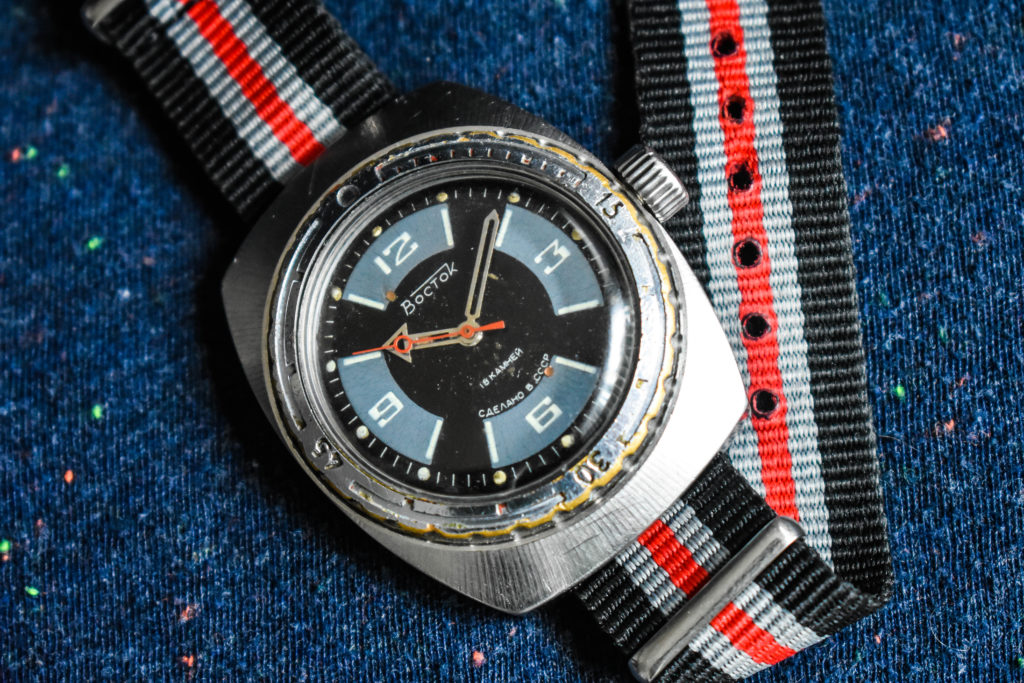
The result of many years’ work was the Vostok Amphibia, a three hand, tonneau-style dive watch with a screw down crown and a 1.5mm thick, unique-shaped acrylic dome. The basic principle behind the Amphibia was not necessarily to keep moisture out of the watch by creating a static environment (like the submariner), but to use the pressure of the ocean to compress the watch so as to firmly choke any leak-points. Above you’ll see an example of a 1980s Vostok Amphibia courtesy of my better half in Broke Watch Snobbery, Mike.
Today this unique bi-directional bezel, stainless steel diver is offered as an automatic watch and it continues to be one of the brand’s flagship wristwatches with popular models like the Scuba Dude, Ship’s Wheel (the Steve Zissou model), Radio Room, and more.
Vostok Komandirskie
While the Amphibia is the most popular model, the Vostok Komandirskie technically put the brand on the map.
In 1965 Vostok (then only known as Factory 835) was awarded a contract with the USSR Ministry of Defense to be their official watch provider. The watch that earned them that title is what we consider to be the first Komandirskie – literally translating to “Commandar’s Watch.” These pieces were especially dust- and shock-resistant while also being (for the time) accurate, which lended themselves well to the distinction of being watches designated for commander’s
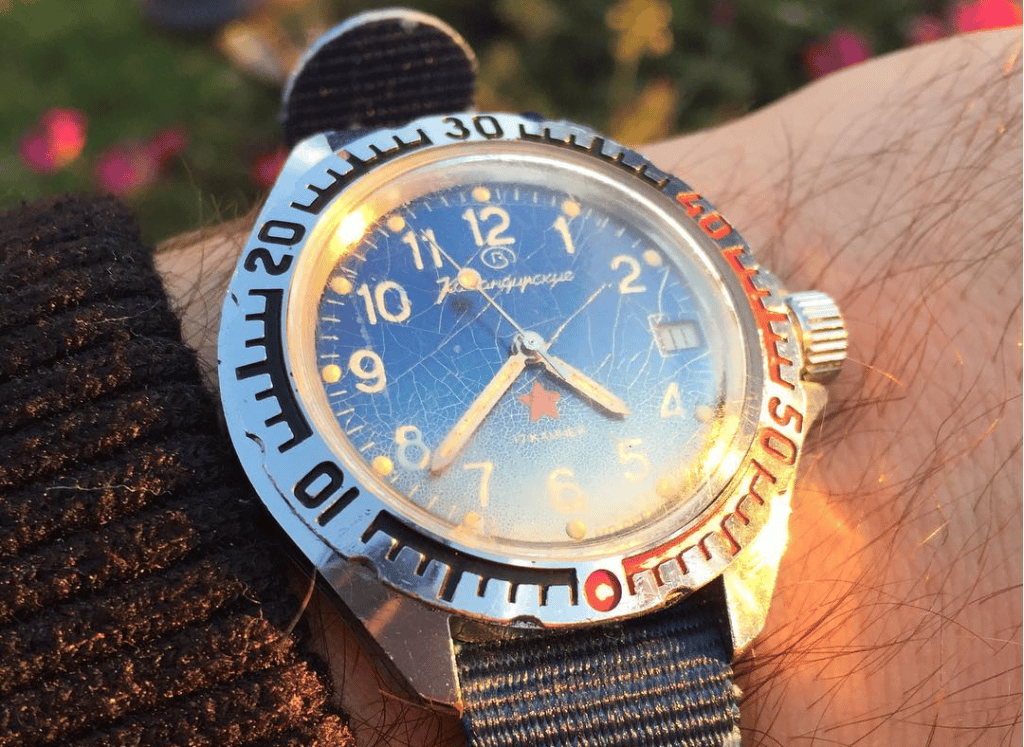
Over the years the case shapes and the dial designs for the Vostok Komandirskie models have changed a lot and there are as many variations in style and color as the vostok Amphibia. But unlike the Amphibia, you’ll find Komandirskie models to be generally thinner and robust than Amphibia models due to the fact that Komandirskies don’t have to have as high of a water resistance.
Today the Komandirskie represents (alongside the Amphibia) an excellent options for those looking for a truly unique, retro-style military watch with a look all it’s own.
History Of Vostok Watches
So most people know about the First Moscow Watch Factory. But not everyone knows that there was also a Second Moscow Watch Factory. The issue gets complicated when you learn that the Second Moscow Watch Factory is also technically Vostok, but Vostok wasn’t located in Moscow, and for many decades the two operated simultaneously with each other with about 500 miles in between them. Let me explain.
The Second Moscow Watch Factory was created in 1930. Technically, the factory was already there and they were mainly manufacturing clocks. But once the Type-1 (K43) pocket watch was in production in the First Moscow Watch Factory, the decision was made to supply this second, already-existing factory with the necessary equipment to make Type-1s as well. Thus, the Second Moscow Watch Factory was born.
However, when the German army invaded Russia in 1941 the Second Moscow Watch Factory was forced to shift focus from watches to creating munitions materials to aide in the war effort (the focus seems to have been on munitions fuzes and timers). This also meant that many of the able-bodied male workers in the factory were called into service to fight – so the factory was then populated by women and children to continue production (under what would be considered today as atrociously dangerous working conditions). This continued until the fighting began to grow closer and closer to Moscow.
The Battle of Moscow Pushes The Factory East
On the morning of October 15th 1941 (two weeks after the Battle of Moscow began), fighting caused The Second Moscow Watch factory to be evacuated. Evidence seems to suggest that this evacuation order came as a surprise to the factory workers and internal management. What’s important to remember here is that evacuation didn’t simply mean that everyone just left the building.
Evacuating meant that ALL the equipment had to go as well with the hopes of utilizing it further in the war effort from a different location (and to prevent the useful equipment from falling into enemy hands). So it isn’t hard to imagine that when they were surprised with an evacuation order on that October morning (while Moscow was being attacked) that things probably got a little crazy… a shit-tastic, cluster-storm from hell, if you will.
Approximately 170 trucks were frantically loaded with the equipment to produce the munitions materials they were making, but more important (at least in this Broke Watch Snob’s Opinion), is that the machinery to create the Type-1 Movement was also included on these trucks. In addition to the equipment, approx. 500 of the factory’s workers were to accompany this cargo to its new location: Chistopol, a small town located in the Tartar region about 500 miles East of Moscow.
Chistopol was located on the Kama river, which was to be the main means of transporting the equipment by way of boat. I’m sure this made a lot of logistical sense to the folks in charge of the evacuation. The only problem is that while all the boats were on the water, winter kicked into high gear.
This caused the Kama river to freeze over and trap all the boats in the port of another small town called Kazan, which had no idea what to do with all this equipment or all these factory workers. So this wasn’t really becoming an ideal situation since the munitions materials the factory was creating were very greatly needed in the war effort.
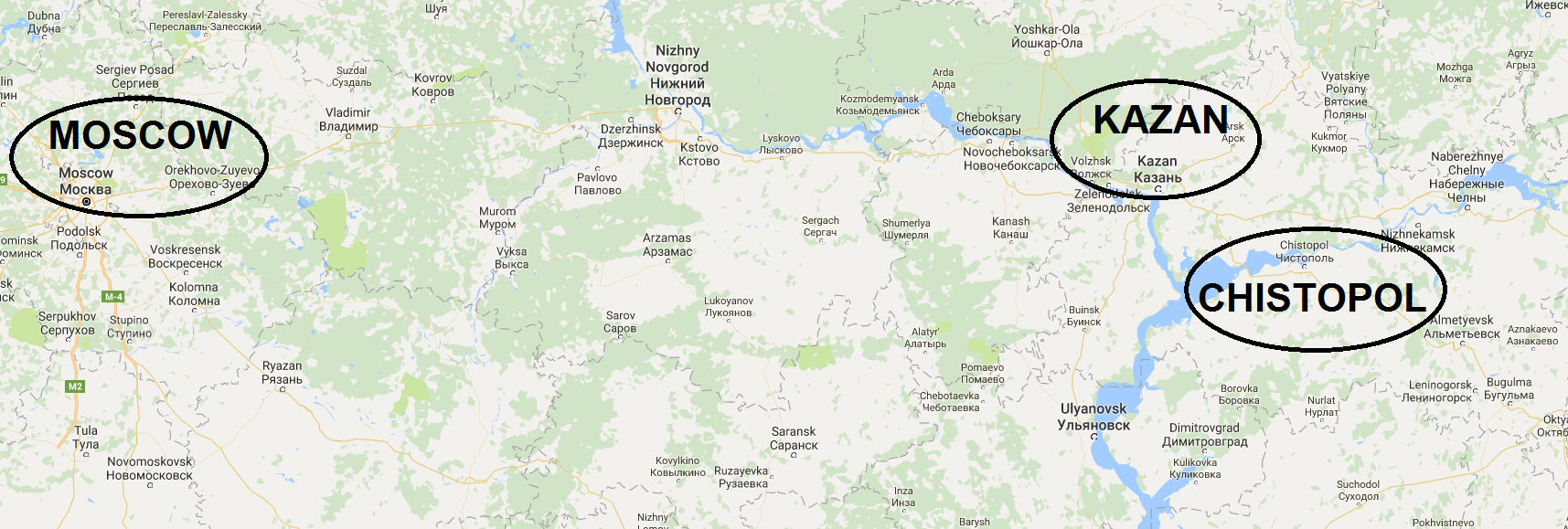
However, a small portion of equipment and materials were able to be safely transported to Chistopol despite these frozen-hellacious conditions. Since Chistopol was a small city there really wasn’t any suitable area to start setting things up. So after a long time of keeping production on ice (pun intended), the local government was able to set the Second Moscow Watch Factory workers up in the only suitable building they could, which was an old, abandoned distillery.
Even though this building was only able to accommodate a quarter of the space they needed, the factory workers got themselves situated and immediately began making munitions materials for the Red army by 1942. Later that year evidence seems to suggest that the rest of the equipment was able to make its way to Chistopol where they were able to get operations running at normal capacity.
Alongside the munitions fuzes they were creating, it seems as if production of the Type-1 (K43) pocket watch continued again since these were valuable time-keeping and synchronization tools for officers in battle. During this time while the Second Moscow Watch Factory occupied Chistopol, the Moscow-born workers interacted with and ended up training many of the local townspeople in the usage and operations of the equipment there; and, yes, this included the Type-1 (K43) Movement machinery.
The Factory Moves Back West to Moscow
Once the German army was pushed out of Moscow, plans were immediately enacted to relocate (re-relocate?) the Second Moscow Watch Factory back to its original location in Russia’s capitol. However, after the move back to Moscow was complete, the factory in Chistopol seems to have just continued what it was doing, creating munitions materials; it’s easy to surmise that since the war was still going on the Red Army could use as much help as it could get, so an extra factory really wasn’t going to hurt.
Plus, remember that now the townspeople of Chistopol were trained in these factory operations, so once the original Moscow crew left, the townspeople could continue production without impediment.
However, once the war was over in 1945, there was no longer a need for the specific types of munitions equipment that the Chistopol factory was producing. The townspeople of Chistopol that remained needed to figure out someway to keep their newly industrialized local economy going strong.
Well, remember all that Type-1 Movement equipment that the Second Moscow Watch Factory brought over to Chistopol (the same equipment that the local townspeople were now trained in how to use)? For some reason when the Moscow workers and technicians left Chistopol back in 1942, they just left all that stuff behind – equipment and materials.*
So the town of Chistopol did the only thing they could really think of to keep their town going – they made the hell out of some watches! Back in 1942 they were given the factory designation of “Factory 835” by the Russian Government, a naming convention which they continued to use as they started production of their own version of the men’s Type-1 (K43).
But in approx. 1949 the Chistopol factory branched out into also creating naval ship clocks that were extremely shock-proof and equipped with large luminous dials. In the 1950s they then began to produce pieces bearing the dial designation of “Kama” (the same name as the river located next to Chistopol). This watch was designed to also be extremely shock-proof and water-resistant. Other notable pieces created in the 50s include the “Mir,” “Saturn,” and “Sputnik.”
Below you’ll find an image of a naval clock created by Chistopol in 1947 – please note that this image is from the collection Michele Cuoccio. I recommend his site to anyone looking for a wonderful reference of Russian pieces.
Factory 835 Gets Its Name
But then on April 12, 1961 something pretty cool happened for the Russian people (and for the world, But then on April 12, 1961 something pretty incredible happened for the Russian people (and for the world, really). A Russian man named Yuri Gagarin became the first person in space. He spent about 1 hour in Orbit circling the earth in a ship called the Vostok-1. Upon reentry at approximately 23,000 feet he ejected from the vessel and parachuted back down to Earth.
Yuri Gagarin instantly became a global celebrity and the national hero of Russia (he’s still honored and revered today). So in 1962 Factory 835 began producing watches with the “Vostok” dial designation to honor Yuri Gagarin’s space flight. These watches were of such high standard and quality that fairly quickly Factory 835 was designated as the official watch supplier for the Ministry of Defense of the USSR. Eventually the Vostok pieces became so popular that the factory name was officially changed to Vostok in 1969.
It was also around this time in 1968 that Vostok created (after many years of trial-and-error) what was to be considered one of the greatest contributions to Russian Horology (and what most of us know them for): The Vostok Amphibia, Russia’s first reliable 200m dive watch.
Current State of Vostok Watches
Sadly, despite the incredible feats of engineering success, the fall of the USSR hit Vostok quite hard. During the last years in the late 80s and early 90s, Vostok not only made watches but they also helped the military with certain electrical engineering feats and test. A result of this was that Vostok utilized a sizable amount of contract labor. Well, once the USSR began to fall the government frantically began trying to pay debts in anyway it could.
One such company that Vostok utilized was a Lithuanian based organization that was actually paid in ownership stocks of the Vostok factory itself. As a result the Lithuanian company simply began to sell the watches from the factory on the street in order to recoup the wages they lost. Eventually this company accumulated enough shares that they essentially owned the Vostok factory. That Lithuanian company actually still owns Vostok today under the general brand name Vostok-Europe.
Vostok-Europe continues the legacy of Vostok by still creating some of the brands most popular pieces in the Chistopol factory. You can check these pieces out at Meranom.com, which is the official watch retailer of Vostok-Europe.
—-
A huge thank you to the work and collections of Alan Garratt and Michele Cuoccio, which were invaluable sources for the creation of this piece.
*NOTE: it’s possible this equipment wasn’t a priority because technology from LIP (a French watch brand that signed a deal to sell proprietary patents and production information with Russia) had made it’s way to Moscow from the Penza Watch Factory. This LIP technology was more advanced and reliable than the original Type-1 Machinery.

Co-Founder and Senior Editor
Kaz has been collecting watches since 2015, but he’s been fascinated by product design, the Collector’s psychology, and brand marketing his whole life. While sharing the same strong fondness for all things horologically-affordable as Mike (his TBWS partner in crime), Kaz’s collection niche is also focused on vintage Soviet watches as well as watches that feature a unique, but well-designed quirk or visual hook.
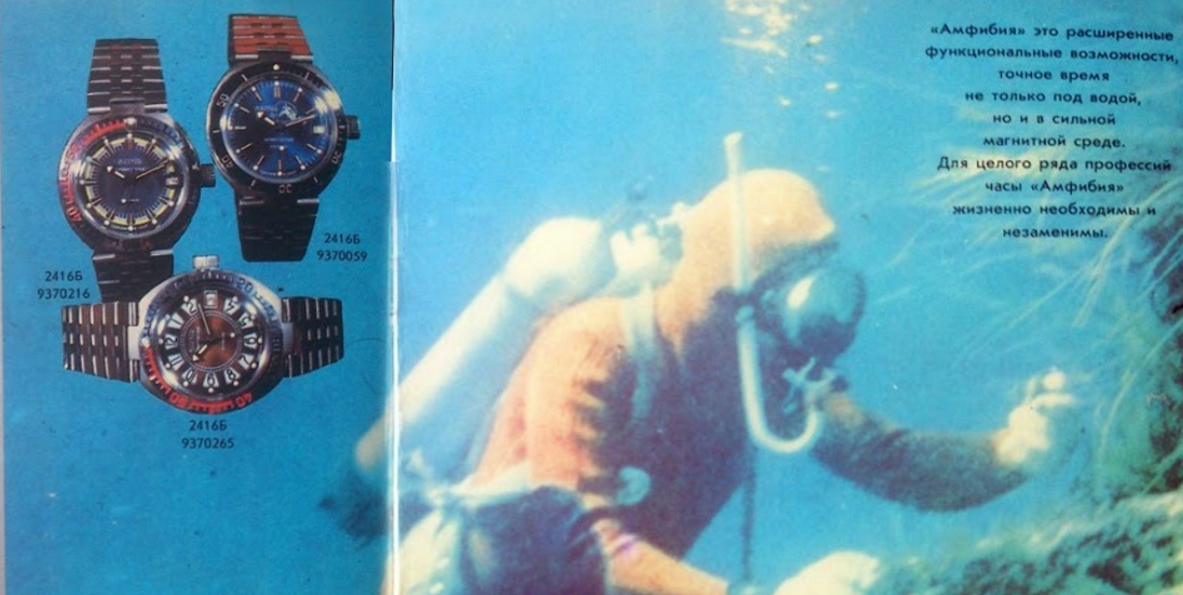
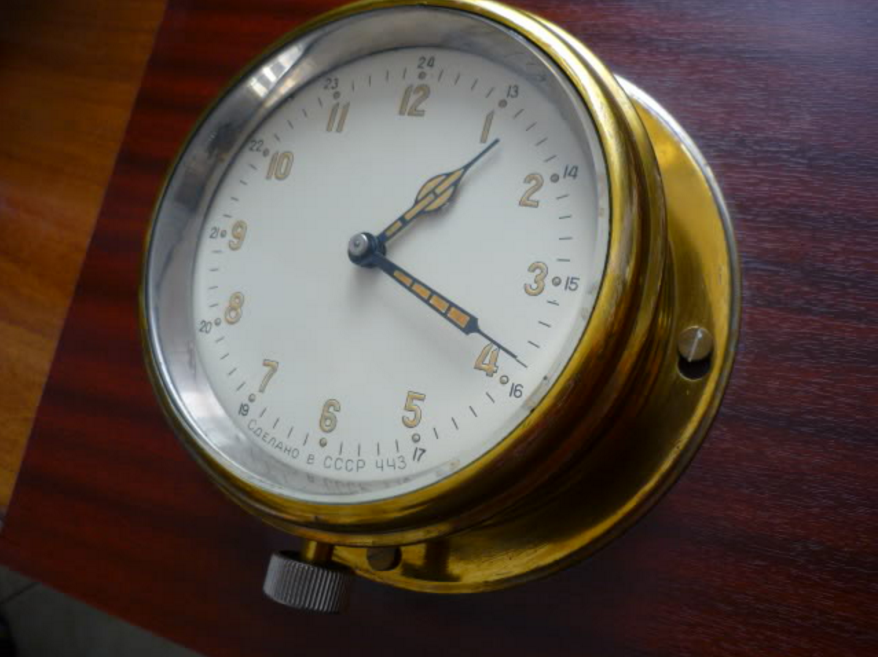
All my thumbs up for this article. I’ve been into Vostok for a couple of years now. I have used Vostoks to train my “vintage eye”, how to spot orginals and how to research.
I’d never heard that VE owned Vostok, just that it was a partnership where Vostok supplied the movements.
Hm – it’s possible. I’ve also seen that idea out there as well. Honestly it’s hard to say what the case is since the bankruptcy and corporate restructuring in 2010. It’s possible VE bought Vostok out at that time and in order to preserve the Russian watch making tradition Chistopol had in the public’s eyes they didn’t widely publicize the ownership – but that’s just a theory.
I’m gonna do some more digging and reach out to some folks to see what else I can find out. Thanks for pointing that out, man!
The Vostok amphibian you provide as an example of a “a very early 1970s Vostok Amphibia” is actually a second generation type 119 which appeared in catalogs in 1980 and was sold through the mid-eighties. The first generation type 350 amphibian looked like this: https://photos.google.com/share/AF1QipNF1CELvhgQ5yHuCRcqrVuhyg6Izv5Oo6kejmuFv1eXBj0GzmgO0AhvUZhtGGW84g?key=bTgxSFdDRkp6YTBtZnl3RC1mSHItVThWRWdnZTVn, complete with stainless steel sheet metal lugs since the soviet union at that time did not have the capability to machine the grade of stainless steel used to form the case into proper lugs.
Paul! I’m so sorry I’m seeing this comment so late. We’re working on being more active here on the site and I just saw this comment in the approval area. I sincerely apologize for the huge delay here.
Also, thank you so much for clarifying the first generation type 350 designation for me. I always super appreciate a thorough explanation so thank you for taking the time to write that out. I’m going to go in there and make the correction now.
-Kaz
Hi Paul,
Very late here too – but just doing some research on the amphibians, and unfortunately your link doesn’t work – could you please add a fresh one?
For a link to the official website of the Vostok factory: http://www.vostokinc.com
It’s in Russian but Google translates it quite well. You can even download the catalogues.
You guys should really launch a subscription for a Meranom-TBWS watch. There is a very cool new Komandirskie classic 02, all steel and 200m WR. It’s a perfect Amphibia-Komandirskie hybrid. It would be perfect.
Ah, that’s awesome – I’ll check out the link. Mike and I have talked about doing some sort of collaboration watch – a few brands have approached us already but we just want to make sure it’s something that still feel authentic to TBWS. Honestly a Vostok-TBWS collaboration would be incredible. Maybe it’s worth reaching out…
-Kaz
And this is a very cool video/advertisement on the Vostok factory and how they manufacture the watches. It’s in Russian with English subtitles.
https://youtu.be/B-JMoUoMtXo
I didn’t know how interesting the story of that brand was, until your podcast. Thanks to you I ordered a new Komandirskie classic 65 (maybe I shouldn’t listen to you too often…)
On ideal world tv they sell vostok watches which they say are swiss made why is this?
Hi, Jospeh:
I just took a look – it looks like they carry Vostok Europe, which is technically a different product line than the traditional/historical Vostok watches that most people know (models like the Amphibia and Komandirskie). This Swiss claim for Vostok Europe is either being made erroneously or they are featuring some models which have some percentage of manufacturing or product fulfillment in Switzerland. Regardless, my understanding of the Vostok Europe line is that the majority of them are made in Asia.
I hope this information is helpful.
-Kaz
Hey guys just found the podcast and the website. Since listening to it the past week I ordered another 2209 with a sector dial. Don’t tell my wife! I can’t explain how much I enjoy listening do your podcast keep up the good work!
Really late to the party here. Good article, but I do take a small bit of umbrage with Kazan being called a “small town”, considering the city has 1.3 million people (making it the 25th largest city in all of Europe, and it would be around the 6th or 7th largest city in the US were it there.